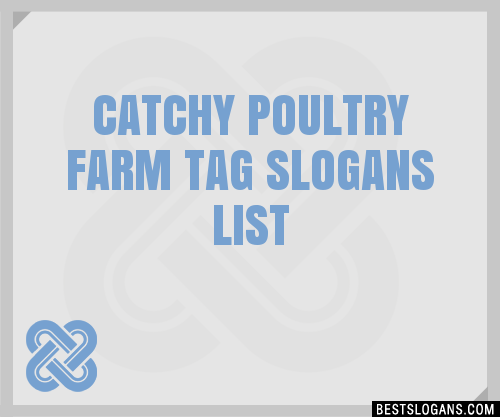

Domesticated chickens may have been used for cockfighting at first and quail kept for their songs, but soon it was realised how useful it was having a captive-bred source of food.

This may have originally been as a result of people hatching and rearing young birds from eggs collected from the wild, but later involved keeping the birds permanently in captivity. The domestication of poultry took place around 5,400 years ago in Southeast Asia. The word "poultry" comes from the French/Norman word poule, itself derived from the Latin word pullus, which means small animal. The term also includes birds that are killed for their meat, such as the young of pigeons (known as squabs) but does not include similar wild birds hunted for sport or food and known as game. These birds are most typically members of the superorder Galloanserae (fowl), especially the order Galliformes (which includes chickens, quails, and turkeys). Poultry ( / ˈ p oʊ l t r i/) are domesticated birds kept by humans for their eggs, their meat or their feathers.


 0 kommentar(er)
0 kommentar(er)
